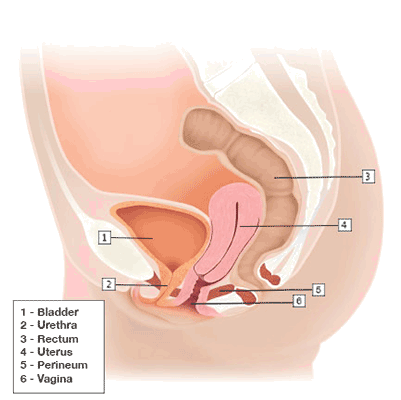Menorrhagia
Menorrhagia
Overview
Menorrhagia is the medical term for abnormally heavy or prolonged menstrual bleeding at regular cycle intervals.
It may be caused by:
-
Anatomical problems in the uterus (fibroids, polyps, adenomyosis)
-
Hormonal imbalances (thyroid disorders, ovulatory dysfunction)
-
Blood clotting or platelet abnormalities
-
Certain medications (anticoagulants, hormonal drugs)
However, in many cases, the exact cause remains unknown.
While heavy menstrual bleeding is common, true menorrhagia involves blood loss severe enough to affect daily life or cause health complications.
Symptoms
-
Soaking through one or more sanitary pads/tampons every hour for several hours
-
Needing to use double protection (tampon + pad)
-
Waking up at night to change protection
-
Bleeding for longer than 7 days
-
Passing large blood clots (bigger than a quarter/coin)
-
Limiting or avoiding daily activities due to heavy flow
-
Fatigue, weakness, or shortness of breath (from blood loss/anemia)
Effects / Complications
-
Anemia (iron deficiency): fatigue, pale skin, weakness, dizziness
-
Severe cramps and pelvic pain
-
Interference with work, school, and daily routine
-
Emotional distress (stress, irritability, low confidence)
-
Infertility risk if related to underlying conditions (fibroids, endometriosis, hormonal issues)
Treatment
Conventional / Medical
-
Iron supplements – to treat anemia
-
NSAIDs (e.g., ibuprofen) – reduce pain and blood loss
-
Hormonal therapy:
-
Birth control pills
-
Progesterone tablets/injections
-
Hormonal IUD (levonorgestrel IUD)
-
-
Tranexamic acid – helps reduce menstrual bleeding
-
Surgery (for severe cases):
-
Dilation and curettage (D&C)
-
Endometrial ablation
-
Myomectomy (removal of fibroids)
-
Hysterectomy (removal of uterus, last option)
-
Homeopathic Supportive Remedies (under expert care)
-
Sabina – for heavy bleeding with clots and severe pain
-
Calcarea carbonica – for prolonged bleeding with weakness and fatigue
-
Phosphorus – for frequent, profuse bleeding with exhaustion
-
Crocus sativus – for dark, clotty bleeding with mood swings
-
China (Cinchona officinalis) – for weakness and anemia from blood loss
This gives you a full picture of Menorrhagia – what it is, symptoms, effects, and both medical & homeopathic treatment.
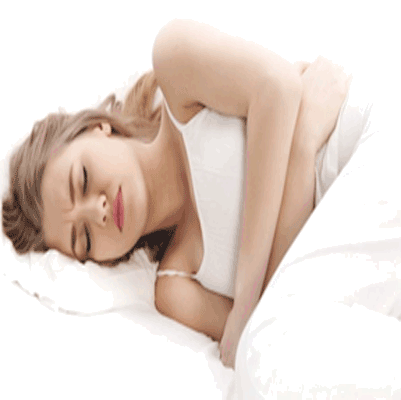
Migraines-
Migraine
Overview
Migraines are severe, recurring, and painful headaches that can last for hours or even days. A migraine is typically an intense pounding or throbbing pain that often begins in the forehead, temples, or around the eyes.
The pain usually worsens with movement, activity, bright lights, or loud noises. In many cases, it is so disabling that normal daily activities become difficult. Migraines are more common in women than men, often due to hormonal influences.
Symptoms
-
Constipation
-
Mood changes (from depression to euphoria)
-
Food cravings
-
Neck stiffness
-
Increased thirst and urination
-
Frequent yawning
-
Nausea and vomiting
-
Pain on one or both sides of the head
Effects / Complications
If not properly managed, migraines can lead to:
-
Chronic migraine (15 or more headache days per month)
-
Extreme fatigue and poor sleep quality
-
Reduced concentration and work productivity
-
Anxiety and depression due to recurring pain
-
Medication overuse headaches from frequent painkiller use
-
In rare cases, increased risk of stroke (especially in people with aura)
Treatment
Medical Treatment
-
Pain relievers: Ibuprofen, aspirin, or acetaminophen for mild attacks
-
Triptans: Sumatriptan, rizatriptan (specifically for migraines)
-
Anti-nausea drugs: Metoclopramide for vomiting relief
-
Preventive medicines: Beta-blockers (propranolol), anti-seizure medicines (topiramate), antidepressants (amitriptyline), or CGRP inhibitors
Lifestyle Remedies
-
Maintain a regular sleep and meal schedule
-
Stay hydrated and avoid known triggers (alcohol, caffeine, processed foods)
-
Practice stress management (yoga, meditation, breathing exercises)
-
Apply a cold compress to the head during attacks
-
Rest in a dark, quiet room
Homeopathic Treatment (under expert guidance)
-
Belladonna – for throbbing headaches with sensitivity to light and noise
-
Nux Vomica – for migraines due to stress, late nights, or alcohol
-
Iris Versicolor – for migraines with nausea and vision problems
-
Glonoinum – for headaches worsened by sunlight or heat exposure
-
Sanguinaria – for right-sided migraines radiating from the back of the head
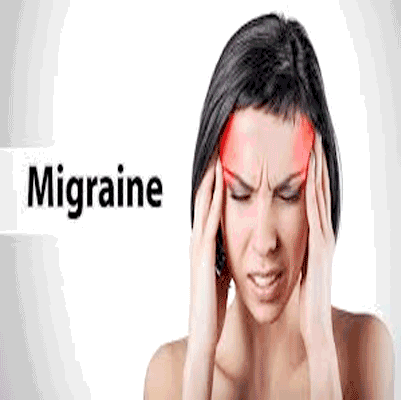
obesity-
Overview
Obesity is a complex medical disorder characterized by an excessive accumulation of body fat. It is not merely a cosmetic issue but a serious health condition that increases the risk of several chronic diseases, including heart disease, diabetes, high blood pressure, and certain cancers.
Being significantly overweight places extra strain on the body and makes individuals more likely to develop a wide range of health problems related to excess weight.
Symptoms & Health Risks
Obesity can lead to or worsen the following conditions:
-
Breathing disorders such as sleep apnea and chronic obstructive pulmonary disease (COPD)
-
Certain cancers: prostate and colon cancer in men; breast and ovarian cancer in women
-
Depression and mental health issues
-
Type 2 diabetes
-
Gallbladder disease or fatty liver disease
-
Gastroesophageal reflux disease (GERD)
-
High blood pressure (hypertension)
-
High cholesterol levels
-
Joint disease, including osteoarthritis due to extra strain on bones and joints
-
Stroke and cardiovascular disease
Effects
-
Reduced quality of life and mobility
-
Increased risk of early mortality
-
Social and emotional challenges, including low self-esteem and stigma
-
Long-term complications affecting the heart, brain, and metabolic health
Treatment
-
Lifestyle Modifications
-
Healthy, balanced diet with portion control
-
Regular physical activity (at least 150 minutes of moderate exercise weekly)
-
Limiting high-sugar and high-fat foods
-
-
Medical Treatments
-
Prescription medications to support weight loss in selected patients
-
Treatment for related conditions (e.g., diabetes, high BP, cholesterol)
-
-
Surgical Options (for severe cases)
-
Bariatric surgery (gastric bypass, sleeve gastrectomy) may be considered when lifestyle changes are not sufficient and obesity is life-threatening.
-
-
Supportive Measures
-
Behavioral therapy, counseling, or support groups
-
Stress management and improving sleep quality
-
-
Prevention
-
Encouraging healthy eating habits from childhood
-
Maintaining an active lifestyle
-
Regular health checkups to monitor weight and related health markers
-
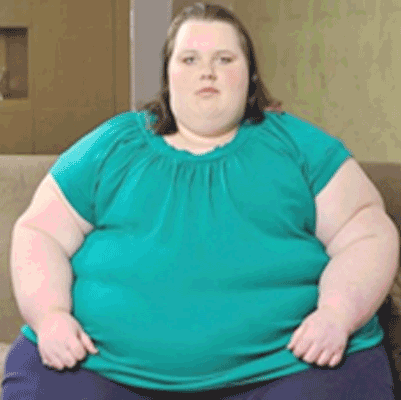
PCOS and pcod
What is PCOD
"PCOD stands for Polycystic Ovarian Disease.
In this condition, the ovaries release immature or partially mature eggs. Over time, these eggs may turn into small cysts.
PCOD is usually not very serious.
Most women with PCOD can still conceive, sometimes with little medical help.
With lifestyle changes like a healthy diet, regular exercise, and stress control, PCOD can be managed effectively."
What is PCOS
"PCOS stands for Polycystic Ovarian Syndrome.
It is not just a problem of the ovaries but a complete hormonal disorder.
The body produces higher levels of male hormone – androgen.
Periods become irregular, ovulation is disturbed, and getting pregnant may become difficult.
PCOS is considered more serious than PCOD.
It is often linked with other health risks such as insulin resistance, weight gain, type 2 diabetes, high blood pressure, heart disease, and even uterine cancer.
That’s why PCOS requires both lifestyle improvements and proper medical treatment like hormonal therapy or insulin-sensitizer medicines."
Main Difference in Short:
-
PCOD is mild, PCOS is more serious.
-
In PCOD, pregnancy is usually possible; in PCOS, fertility issues are common.
-
PCOD can be managed by lifestyle changes, PCOS usually needs medical support as well.
Conclusion:
"So friends, PCOD and PCOS are different conditions.
PCOD is a common and relatively mild condition that can be managed with diet and exercise.
PCOS is a more serious hormonal disorder with multiple long-term risks, and it needs proper medical care.
If you are facing this problem, please don’t delay. Consult a doctor or a homeopathy expert for guidance.
At Spaks Homeopathy, a special combination of medicines is available.
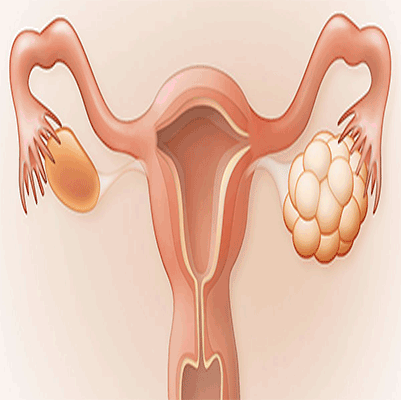
picaÂ
Pica
Overview
Pica is a compulsive eating disorder in which a person eats nonfood items. Commonly consumed items include dirt, clay, and flaking paint, while less common items may include glue, hair, cigarette ashes, or feces.
Pica is most frequently observed in children aged 1–6 years, affecting 10–30% of young children. It can also occur in individuals with intellectual or developmental disabilities, including autism. Rarely, pregnant women may develop pica, often craving dirt, which may be associated with iron or zinc deficiency.
Symptoms
Symptoms depend on the type of nonfood item ingested and may include:
-
Stomach upset and discomfort
-
Abdominal pain
-
Blood in stool, which may indicate ulcers or internal injury
-
Bowel problems, such as constipation or diarrhea
-
Nausea, vomiting, or digestive disturbances
Effects
-
Gastrointestinal damage: ulcers, blockages, perforation
-
Toxicity: ingestion of lead, paint, or chemicals can lead to poisoning
-
Nutritional deficiencies: iron, zinc, or other essential nutrient deficits
-
Dental injuries: damage to teeth from chewing hard or sharp objects
-
Increased risk of infection from ingesting contaminated materials
-
Social and psychological impact, including embarrassment and behavioral issues
Treatment
Treatment focuses on addressing underlying causes, preventing complications, and stopping the behavior:
1. Medical Evaluation
-
Screening for nutritional deficiencies (iron, zinc, etc.)
-
Checking for toxicity or gastrointestinal complications
2. Behavioral Interventions
-
Cognitive Behavioral Therapy (CBT) to manage compulsive eating
-
Positive reinforcement for avoiding nonfood items
-
Structured routines to reduce triggers and prevent episodes
3. Medications (in select cases)
-
Supplements to correct deficiencies (iron, zinc, etc.)
-
Medications to manage coexisting conditions such as anxiety or ADHD
4. Environmental Modifications
-
Remove or restrict access to harmful nonfood items
-
Supervision for children or at-risk individuals

Sex Simulator
Female Sexual Dysfunction (FSD)
Overview
Female sexual dysfunction refers to persistent or recurrent difficulties with sexual response, desire, orgasm, or pain that distress the individual or strain the relationship with a partner.
-
Sexual activity here includes intercourse, masturbation, kissing, and other intimate behaviors.
-
FSD can affect any stage of life and may occur in specific sexual situations or across all sexual activities.
-
Causes can be physical, psychological, hormonal, or relational, often a combination of factors.
Symptoms
-
Reduced or absent desire for sexual activity, sexual fantasies, or interest in intimacy
-
Lack of physical arousal signs, such as vaginal lubrication, clitoral or nipple erection, and labial swelling, despite stimulation
-
Difficulty or inability to achieve orgasm, even with adequate arousal
-
Painful muscle spasms around the vagina (vaginismus)
-
Pain with vaginal penetration
-
Burning or pelvic pain, either in the vulva, external genitalia, or deep within the pelvis
Effects / Complications
-
Emotional distress, anxiety, or depression related to sexual activity
-
Relationship strain with a partner due to sexual difficulties
-
Avoidance of sexual intimacy, which may affect overall quality of life
-
Low self-esteem or body image concerns
Treatment
1. Lifestyle & Behavioral Approaches
-
Open communication with partner about sexual needs and concerns
-
Sex therapy or counseling for emotional, relational, or psychological causes
-
Stress reduction techniques and relaxation exercises
2. Medical / Pharmacological Approaches
-
Hormone therapy (estrogen, testosterone) for hormonal imbalances or menopause-related changes
-
Topical lubricants or vaginal moisturizers for dryness or pain
-
Medications to enhance sexual desire or response (e.g., flibanserin for hypoactive sexual desire disorder)
3. Physical Therapy / Alternative Approaches
-
Pelvic floor therapy for muscle spasms or vaginismus
-
Biofeedback or pelvic exercises to improve muscle control and reduce pain
-
Lifestyle changes: exercise, healthy diet, and managing chronic illnesses

Upper abdominal pain
Upper Abdominal Pain
Overview
Upper abdominal pain refers to discomfort or pain experienced in the upper region of the abdomen, which includes the area between the chest and the belly button.
-
The severity and duration of pain can vary greatly — it may be occasional and mild or chronic and disruptive.
-
The pain may originate from the stomach or abdominal organs, or it could be a symptom of issues in other organs like the liver, pancreas, or gallbladder.
-
Identifying the underlying cause is essential for proper treatment.
Symptoms
Upper abdominal pain may present with one or more of the following:
-
Abdominal cramping or swelling
-
Bloating
-
Belching
-
Bloody stool
-
Changes in bowel movements
-
Constipation or diarrhea
-
Excessive gas
-
Indigestion
-
Nausea (without vomiting in some cases)
Effects / Complications
Depending on the underlying cause, untreated upper abdominal pain may lead to:
-
Gastrointestinal bleeding
-
Ulcers
-
Gallstones or gallbladder inflammation
-
Pancreatitis
-
Liver dysfunction
-
Chronic discomfort affecting quality of life
Treatment / Management
-
Medical Evaluation:
-
Diagnosis may include blood tests, ultrasound, endoscopy, or CT scans to determine the cause.
-
-
Medications:
-
Antacids, proton pump inhibitors (PPIs), or H2 blockers for acid-related conditions
-
Antispasmodics for cramping
-
Antibiotics if infection is present
-
-
Lifestyle and Home Remedies:
-
Avoiding spicy, fatty, or acidic foods
-
Eating smaller, more frequent meals
-
Reducing alcohol and caffeine intake
-
Staying hydrated
-
Managing stress
-
-
Surgical or Procedural Treatment:
-
Required if caused by gallstones, ulcers, or other structural problems
-
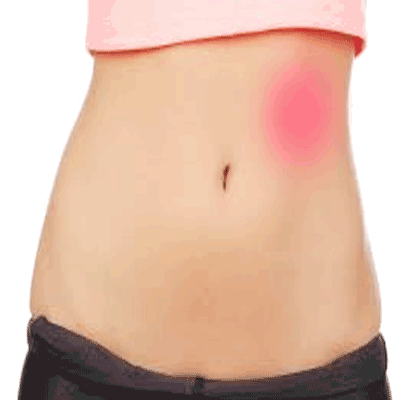
Uterine prolapse
Uterine Prolapse
Overview
Uterine prolapse occurs when the pelvic floor muscles and ligaments weaken, causing the uterus to descend into or protrude from the vagina.
-
The condition can affect women of any age, but it is more common in postmenopausal women or those who have had multiple vaginal deliveries.
-
Weak pelvic support may result from childbirth, aging, hormonal changes, or chronic straining.
Symptoms
Signs and symptoms of uterine prolapse may include:
-
Heaviness or pulling sensation in the pelvis
-
Tissue protruding from the vagina
-
Urinary problems, such as incontinence or retention
-
Difficulty with bowel movements
-
Feeling like sitting on a small ball or that something is falling out of the vagina
-
Sexual dysfunction, including a feeling of looseness in the vaginal tissue
Effects / Complications
If untreated, uterine prolapse may lead to:
-
Chronic pelvic discomfort or pain
-
Recurrent urinary tract infections
-
Urinary retention or incontinence
-
Difficulty with sexual activity
-
Ulceration or infection of exposed vaginal tissue in severe cases
Treatment / Management
-
Lifestyle and Non-Surgical Measures:
-
Pelvic floor exercises (Kegels) to strengthen supporting muscles
-
Weight management and avoiding heavy lifting
-
Estrogen therapy (for postmenopausal women, if advised)
-
-
Pessary Devices:
-
Vaginal devices inserted to support the uterus and relieve symptoms
-
-
Surgical Treatment:
-
Uterine suspension or repair to restore pelvic anatomy
-
Hysterectomy in severe or recurrent cases
-
-
Supportive Care:
-
Management of urinary or bowel issues
-
Sexual counseling if prolapse affects intimacy
-
